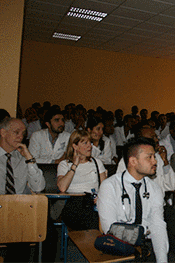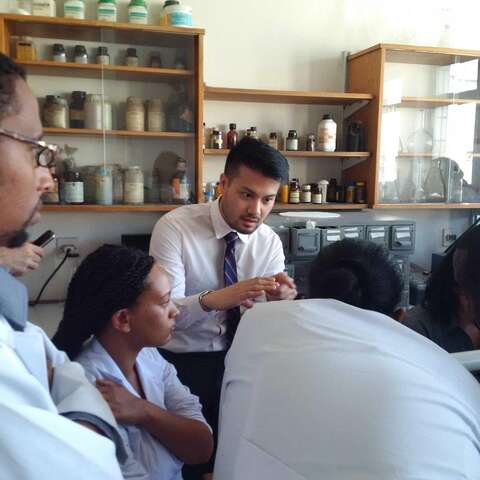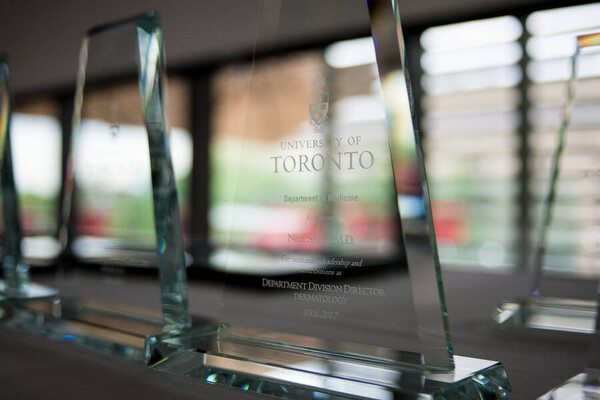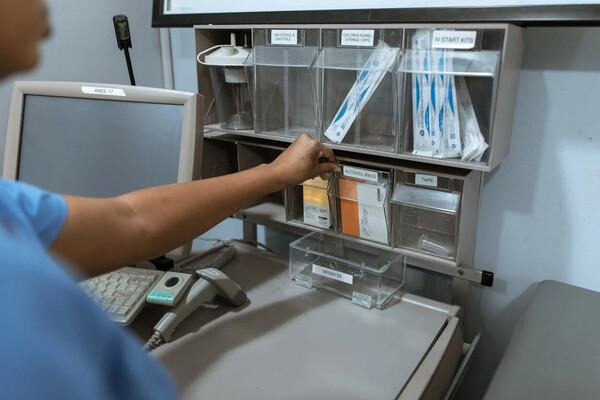Main Second Level Navigation
- Welcome
- Why Toronto?
- History of the Department
- Vision & Strategic Priorities
- Our Leadership
- Our Support Staff
- Location & Contact
- Departmental Committees
- Department of Medicine Prizes & Awards
- Department of Medicine Resident Awards
- Department of Medicine: Self-Study Report (2013 - 2018)
- Department of Medicine: Self-Study Report (2018 - 2023)
- Communication Resources
- News
- Events
Two Trainees, One Month in Ethiopia: Reflections from Drs. Chan and Tseng on their Elective in Ethiopia

Emilie Chan, PGY6 Nephrology & Eric Tseng, PGY5 Hematology
In March 2016, we participated in an elective at Black Lion Hospital (BLH), the public tertiary care university hospital in Addis Ababa, to provide teaching and clinical supervision to trainees. Below is a reflection on our experiences.
1) Why were you there?


We had the opportunity to provide didactic lectures to internal medicine residents, participate in daily rounds, and help supervise out-patient clinics. We were able to experience first-hand the challenges that we take for granted in Toronto, such as the logistics of ensuring appropriate water quality in a hemodialysis unit, and the accurate interpretation of urinary sediments and blood smears. We were also involved in the ongoing development of the hematology and nephrology fellowship programs at BLH.
2) Reflect on what you learned, and why other residents and faculty might consider becoming involved in TAAAC.
A. Teaching Experience:
For anyone interested in bedside and clinical teaching, this was a greatly fulfilling experience. We taught residents in a variety of settings – clinic, ward, lectures, at the microscope, and via email. Because the internal medicine residents at AAU have worked as general practitioners for one-four years prior to their subspecialty training, they were mature “adult learners” who asked focused, relevant questions after reflecting on their own experience. While the residents had excellent “book knowledge” we were able to provide guidance about the application of these facts in their own setting.
B. Working with patients in the setting of resource limitation:
It was impressive to see how Ethiopian clinicians have adapted to various barriers to care. The most frequently encountered logistical problem was the relative inaccessibility of medications, diagnostic tests, and support services. In our first week, we noticed a line of civilians outside the core laboratory. They were carrying blood samples from their admitted parents, as there was no porter or tubing system. Family often functioned as extensions of healthcare providers, filling gaps by transporting family to tests, bringing food, and traveling hundreds of kilometres with them to clinic visits. There was a visible sense of caring and respect for the sick that permeated our interactions, and spoke to the family-centeredness of this country. Patient-specific barriers also mandated clinician adaptability. As a centre providing specialized care for much of Ethiopia, many patients travelled hundreds of kilometres to clinic visits at BLH. This posed unique challenges in arranging follow-up and therapeutic monitoring. Patients were often unable to pay for what we would consider routine diagnostic tests, so clinical decisions were often made based on physical exam, basic biochemistry, and blood/urine morphology. The social determinants of health were present in all encounters.
 C. Clinical Exposure:
C. Clinical Exposure:

Coming to Addis as senior subspecialty residents provided the best yield from a learning perspective. By this stage in our training, we were familiar with how specific diseases present – at what age, with what risk factors, and physical examination findings – and could contrast this with the Black Lion patients, who were often younger, yet routinely presented in advanced stages of untreated disease. We were fortunate to learn from the local residents about several infectious diseases endemic to Ethiopia as well. The clinical experience we gained was irreplaceable.
D. Working in a different culture
Being immersed in a different culture for a month was eye-opening. Ethiopian society is highly hierarchical, and patients often expect a paternalistic approach from physicians. Teaching is often didactic, and senior opinions are rarely challenged, regardless of their accuracy. Furthermore, Ethiopians are for the most part devout Orthodox Christians, and in turn very reticent toward certain practices such as deceased organ donation or abortion. Through TAAAC, we’ve acquired first-hand knowledge of cultural etiquette which will serve to facilitate and strengthen bonds with our multicultural Toronto patient population.
E. Quality improvement opportunities
As the capital’s university health centre, Black Lion Hospital is rapidly developing subspecialty services in order to adequately serve over 250,000 patients yearly. The opportunities for quality improvement are myriad: protocols are yet to be defined in areas ranging from infection prevention to expedition of referrals. For enthusiastic residents, simple projects, in collaboration with local physicians, can often be completed rapidly, with concrete and sustainable results. For example, we established a set of standardized post-operative orders for the new kidney transplant program, freeing time for the nephrologist, and facilitating the training of new transplant nurses.
F. Opportunity to work in global health / equity
With globalization, equity of health care should be possible beyond international borders. Contributing to this through the exchange of knowledge with the Addis Ababa team was empowering and satisfying. In addition, we were able to meet with like-minded physicians from around the world, in Addis on different projects. Hopefully these new relationships will translate into improved care both locally and worldwide.
3) How did this experience impact you personally and professionally, and what will you take away from this experience?
We are now firm believers in supporting developing countries by building capacity from within the local environment. The goal of TAAAC is for subspecialty training programs in Addis to be self-sufficient, while spreading healthcare capacity throughout a country with 90 million people. The progress made in the several subspecialties was palpable.
Teaching and working in an environment with scarce resources was difficult but satisfying, and helpful for our development as trainees. We were forced to fall back on “basic principles” – if flow cytometry was not available, we had to rely on the history, physical examination, and blood/marrow morphology. Being forced to rely on clinical reasoning was challenging but fun, and teaching the nuances of clinical judgment, beyond the basic textbook facts, was even more enjoyable. For these reasons, we hope to be involved in such opportunities in the future.


